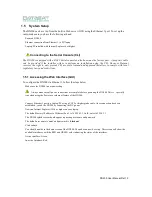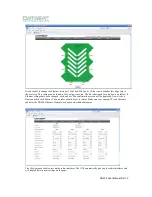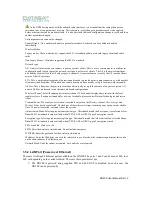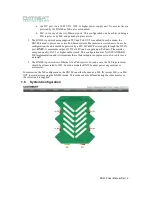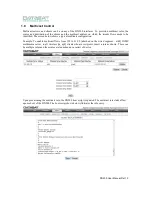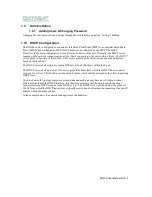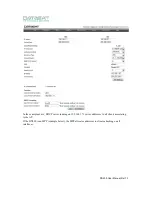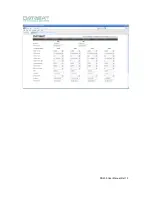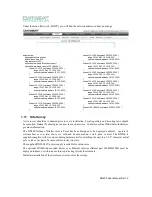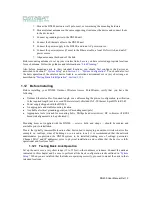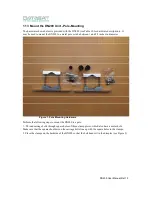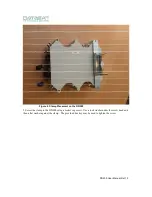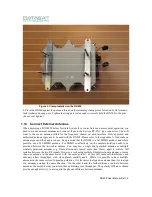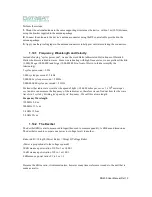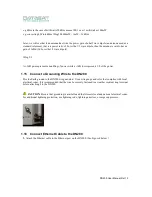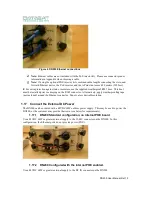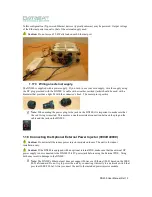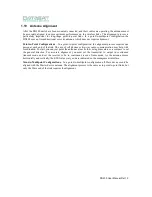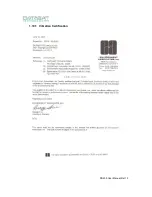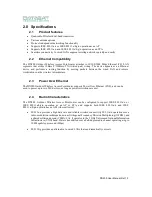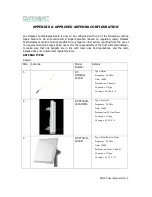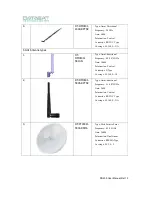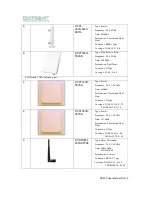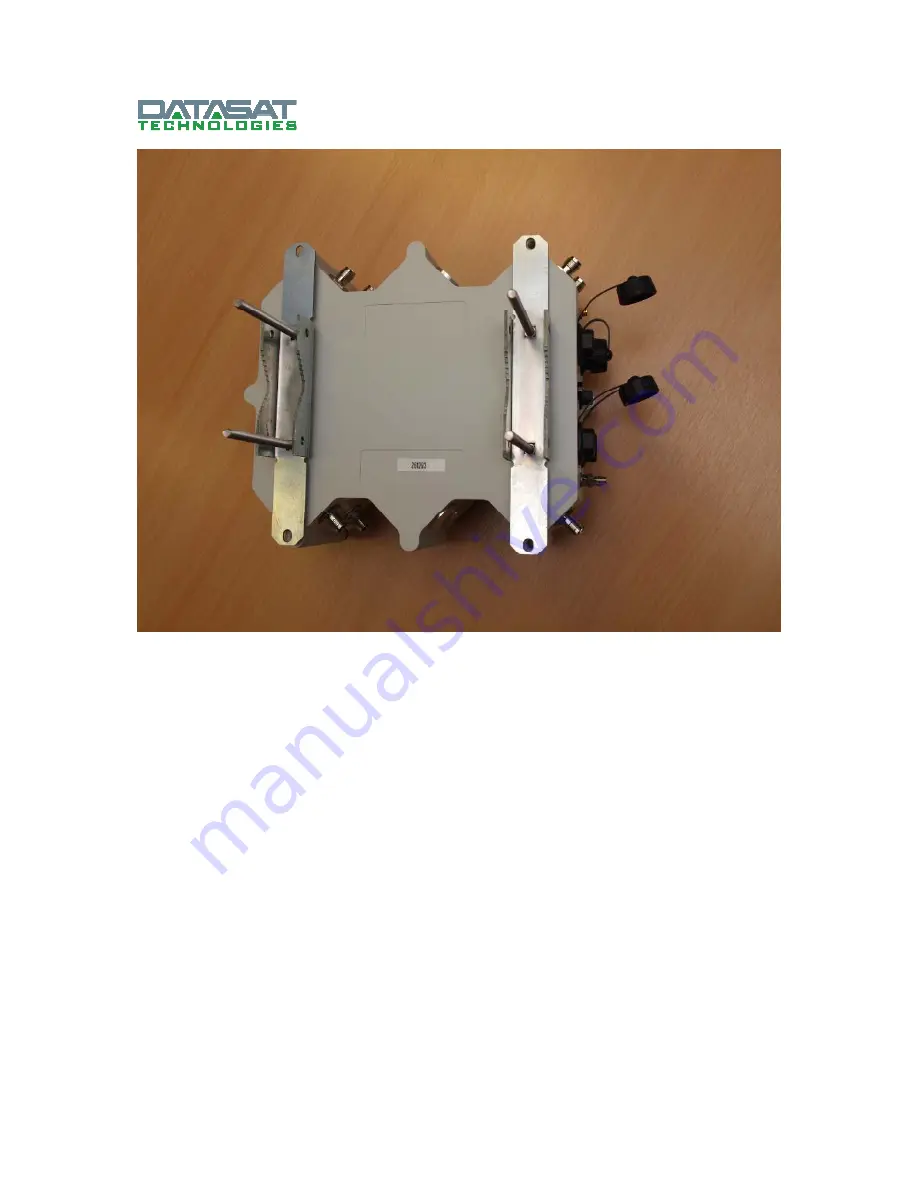
DN200 User Manual Rel 1.0
Figure 3. Clamp Installed on the DN200
4. Place the DN200 against the pole and thread on the remaining clamp pieces, followed by flat washers,
lock washers and wing nuts. Tighten the wing nuts just enough to securely hold the DN200 to the pole
(do not over tighten).
1.14 Connect External Antennas
When deploying a DN200 Wireless Network System for a router link or an access point operation, you
need to mount external antennas and connect them to the devices RP-TNC type connectors. You will
want to choose an antenna suited for the frequency chosen on each interface. Only approved and
authorized antenna types are to be used with the DN200. Please refer to the Appendix A for details on
antenna types and their approved use. Keep in mind that the DN200 is a 2x2 MIMO product, and where
possible, use a 2x2 MIMO antenna. For MIMO to effectively work, complete isolation needs to be
provided between the two radio streams. You may use a single dual polarized antenna or multiple
similarly polarized antennas (e.g. Omni directional) spaced more than 10cms apart to achieve full
isolation between the two RF signals. However, avoid using multiple Omni directional antennas, or more
than one antenna in the same sector with the same polarity, as this will cause self-interference and
adversely affect throughput, even when placed spatially apart. While it is possible to have multiple
antennas in the same sector of opposing polarities, it is far easier to align one antenna than it is to align
two antennas pointing the same direction. On the other hand, the further distance you have between
antennas, the more diversity you attain, thus optimizing your throughput. The polarity difference should
provide enough diversity, to not require the physical distance between antennas.


